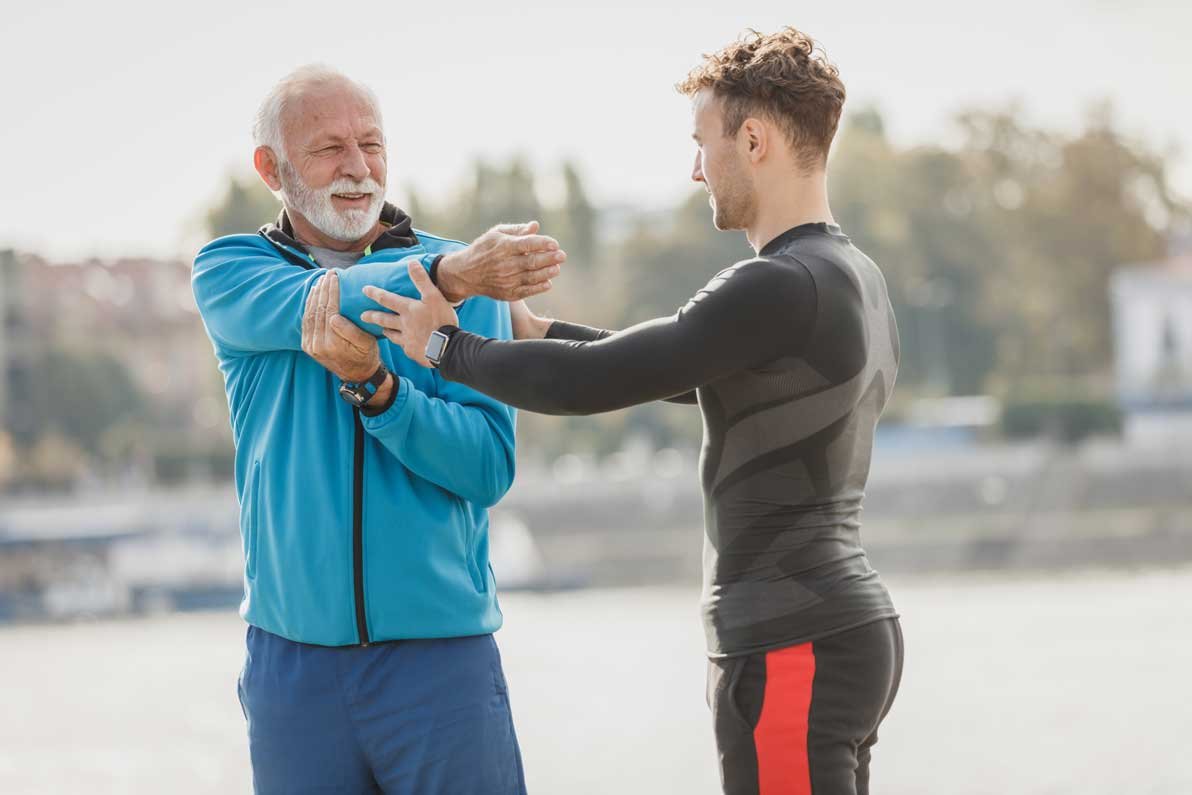Mind Over Matter: How Your Body’s Potential Knows No Bounds

Everyone has heard the old adage “Mind over matter,” but how many of us really understand what it means? And, more importantly, how to harness this concept to unleash our full physical and mental potential?
For so long, we’ve been led to believe that there are limits to our physical abilities. Whether it’s lifting a certain amount of weight, running a mile in a specific time, or even something as simple as touching your toes, it often feels like there are invisible barriers holding us back. But what if I told you that it has more to do with your mind’s boundaries rather than your body’s?
Unlocking the Power of Mindset
Often, it’s not our bodies that limit us – it’s our minds. This is where the power of the mindset comes into play. Having a strong and determined mindset can significantly improve physical performance.
Harvard Medical School suggests that positive thinking and having a determined mindset can help you overcome physical challenges that you previously thought were impossible[^1^]. Researchers found that those who believed they could do a task often outperformed those who believed they couldn’t.
So how do we shift our mindset? It starts with banishing self-doubt and challenging those internal voices that tell us we can’t.
Adopting Positive Affirmations
Implementing positive affirmations into your daily routine can significantly affect how you perceive your body’s abilities. These small yet powerful statements act as a reminder of your body’s capabilities. They also motivate and encourage us to reach for new heights.
Since this is all about activating the mind-body connection, repeating phrases like “I am capable,” or “My body knows no bounds” can subconsciously convince the mind that these statements are factually correct.
Visualizing Success
Visualization techniques also work wonderfully well in this endeavor[^2^]. Picture yourself achieving the task at hand, whether it’s crossing the finish line or perfecting a yoga pose. This mental image acts as training for your brain and prepares you for achieving this in reality.
Takeaways
Remember, everyone starts somewhere. Just because you aren’t able to achieve something right now doesn’t mean it will always be true. Make sure that every step taken towards your goal strengthens both your body and your mind.
“Mind over matter” may sound cliché, but when adopted practically – it has the power to redefine personal limitations and unlock potential never imagined before!
Integrating Mindfulness Practices into Physical Training
In today’s fast-paced world, finding a moment of stillness amidst the chaos can be challenging. However, incorporating mindfulness practices into your physical training can yield tremendous benefits for both body and mind. Let’s explore how activities like yoga, meditation, and mindful breathing can enhance body awareness, reduce stress, and ultimately improve physical performance.
1. Yoga: Strengthening the Mind-Body Connection
Yoga combines physical movement with focused breathing and mental concentration. As you flow through different postures and sequences, your attention becomes rooted in the present moment. The deliberate and controlled movements require mindfulness, promoting self-awareness and deepening the mind-body connection.
Yoga not only enhances flexibility, strength, and balance but also cultivates a sense of calmness and overall well-being. It helps reduce stress by activating the parasympathetic nervous system, which promotes relaxation and counteracts the effects of the fight-or-flight response.
2. Meditation: Calming the Mind for Peak Performance
Meditation is another powerful practice that complements physical training. By sitting still in silence or focusing on an object or breath, meditation trains your mind to become more focused and less reactive to distractions or negative thoughts.
Regular meditation has been shown to reduce stress levels, increase focus and attention span, boost creativity, and improve overall mental resilience. When incorporated into your exercise routine, it can clear mental clutter and establish a foundation of calmness that enhances physical performance.
3. Mindful Breathing: Maximizing Energy and Oxygen Intake
Conscious breathing techniques play a significant role in mindfulness practices as they anchor our attention to the present moment. By deliberately directing our focus towards breath awareness during physical training, we can optimize oxygen intake, enhance energy levels, and improve endurance.
Mindful breathing techniques such as diaphragmatic breathing or box breathing involve intentionally inhaling and exhaling with purposeful awareness. This enables us to regulate and balance our breath, calm the nervous system, and reduce performance anxiety.
4. Improving Body Awareness for Injury Prevention
Incorporating mindfulness practices into physical training not only boosts performance but also helps prevent injuries. By developing a greater sense of body awareness, you can identify and address muscle imbalances, compensatory movements, or potential injury risks.
Mindfulness allows you to tune in and listen to your body, recognizing subtle signals of discomfort or strain before they escalate into more significant issues. This self-awareness allows for proactive adjustments in technique, posture, or intensity, reducing the likelihood of injuries and promoting healthier movement patterns.
By integrating mindfulness practices like yoga, meditation, and mindful breathing into your physical training routine, you unlock the potential to achieve peak performance. These practices foster a harmonious connection between mind and body, reduce stress levels, maximize energy intake, and improve body awareness – ultimately enhancing your overall physical well-being.
[^1^]: Source: The Power of Positive Thinking – Harvard Medical School [^2^]: Source: Visualization Techniques from Top Athletes – Psychology Today



Comments